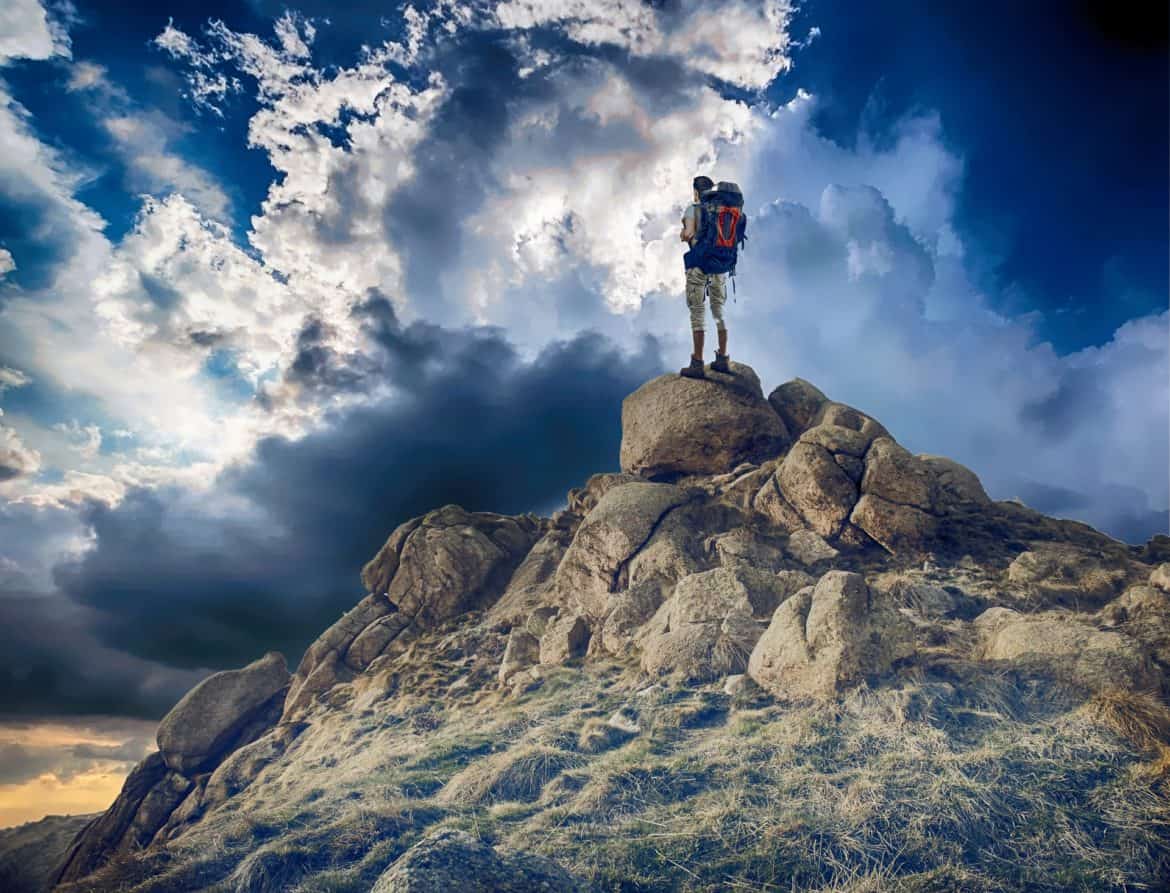Backpacking trips can make for incredible experiences. You get to connect with nature and get a break from your busy, everyday lives. But it all depends on what you take with you, especially if you are planning a multi-day trip. If you don’t take the right gear, there are good chances of ending up in the middle of nowhere just because of a single piece of equipment. Hence, it is vital to do the packing right.
But with several essentials required, choosing what to pack can become daunting. To help eliminate some guesswork, we are here with a comprehensive packing list to get started with your backpacking trip.
First Things First: A Backpack
It is evident that your backpack is the most important gear to go on a backpacking trip. There are hundreds of options out there in the market, and you never know what will be suitable for you unless you try it. Hence, choose what’s comfortable for you. However, there are a few factors that you need to consider.
Carry Capacity
The capacity you choose must depend on the length of the trip. If you are going for a single day or overnight trip, 40 L should suffice. But if you are going for an extended trip, 50 L to 70 L would be better.
Material
Your backpack often undergoes rough and tough conditions during a trip. Hence, you need to choose a durable material. You can also select a location-specific backpack. For instance, suppose you are going for a backpacking trip in the countryside where hunting is allowed. For such a trip, you can go for a bulletproof backpack to protect yourself from any unintentional shots.
Similarly, if you choose a route with small water bodies, selecting a waterproof backpack will be a wise choice to make.
Food and Water Are the Basics No Matter Where You Are
Next on the list are food and water. Although you can find food outlets on your journey, it is best to have some handy. You can have any food you prefer. The only criteria here is to have something light so that you don’t have to rush to find the toilet in an emergency. Aim to intake anywhere from 2,500-3,000 calories a day.
You would also want to pack cookware from your kitchen. You don’t have to pack it all but include essentials like a small stove, fuel, knife, cup, wooden matches, garbage bag, and eating utensils.
For water, you can carry a filter or a purifier. Gravity, squeeze, or straw-style filters can help eliminate bacterias from water and make it safer to drink. Some purifiers use iodine or similar non-toxic chemicals to kill harmful bacterias.
Take Shelter When It’s Dark
If you are going for a multi-day backpacking trip, shelter is as essential as food and water. You might think, why worry about shelter when you can sleep under the sky filled with sparkling stars. But when the conditions are extreme, and you are afraid of the wild, stars might not look that pretty. What shelter you choose will again depend on your trip destination, security, and privacy, to be precise.
If you are going into the wild on trails like Half Dome Trail or the West Branch Trail, a double-walled tent along with a footprint will be crucial. The tent will protect you from bugs and wild animals. On the other hand, the groundsheet will protect you from the tiny creatures coming from beneath the soil.
While a tent will do for most trips, you can also go for a hammock if you are going to a warmer destination. If you select that, you will need two trees for setup. However, the good news is that you won’t have to worry about finding even or clean land. Additionally, take a pillow and blanket/sleeping bag with you based on the weather condition of the destination.
If you have space in your bags, you can also carry a sleeping bed or pad for extra cooling and appropriate ventilation. However, include these things only if you have room in your backpack after packing the other essentials.
Use the Manual Google Maps
Even if you are confident that you know the entire trek, packing a navigation kit is vital. For instance, if there is extreme fog during a hike, it will look completely different from what it would have looked during a bright sunny day. Hence, you need a navigation system to help you stay on the right track. Some gadgets and gears to include in your arsenal are:
- Map
- Compass
- GPS
Everything to Cover Your Body
Wearing and having comfortable clothes make your trip an enjoyable one. You need to pick something that is moisture-wicking and quick drying. Fabrics like wool or polyester are perfect for hikes. Depending on the expected temperatures you need more or less clothes with you but if the weather is not really hot it is always a good idea to use layers. Some other clothes to carry:
- Innerwear
- Socks
- Hiking pants
- Hiking shoes
- Rain jacket and pants
- Hat, etc.
Final Thoughts
Besides the things mentioned in this article, you also need to pack toiletries and a first aid kit for emergencies. Now that you know what to fit in your backpack, you are ready to hit the trail.

